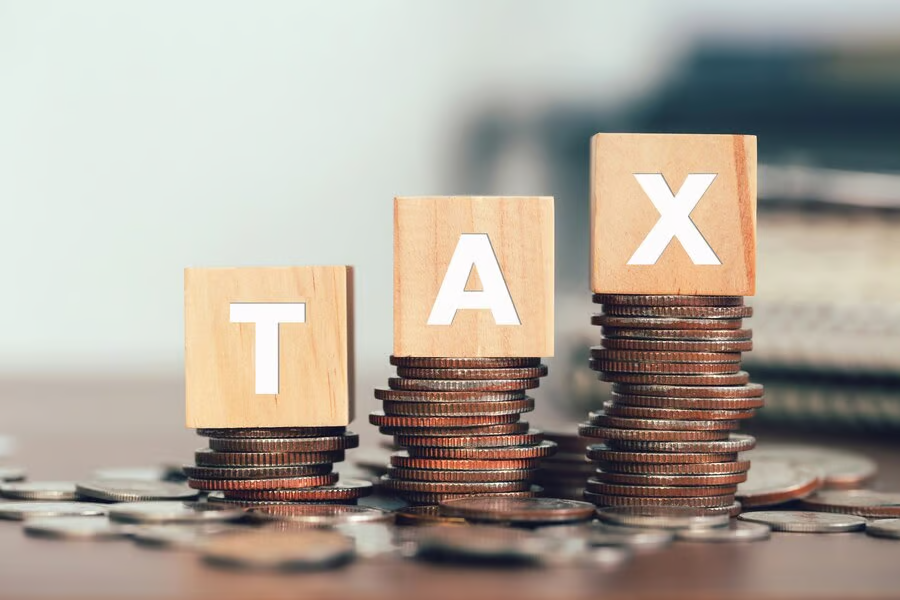In the world of investing, there are various strategies one can employ to grow wealth. Two of the most common approaches are day trading and long-term investing. Both have their merits and drawbacks, and the right choice depends on your financial goals, risk tolerance, and time commitment. This article will explore the key differences between day trading and long-term investing, helping you determine which strategy aligns with your financial objectives.

Understanding Day Trading
Day trading involves buying and selling financial instruments within the same trading day. Traders aim to capitalize on short-term price fluctuations, often making multiple trades throughout the day. This approach requires a keen understanding of market trends, technical analysis, and a high level of discipline.
Key Characteristics of Day Trading
- Short-Term Focus: Day traders seek to profit from short-term market movements, holding positions for minutes or hours.
- High Risk and Reward: The potential for quick profits is high, but so is the risk of significant losses.
- Intensive Time Commitment: Day trading requires constant monitoring of the markets and quick decision-making.
Tools and Techniques
Day traders rely heavily on technical analysis, using charts, indicators, and patterns to make informed decisions. They often use leverage to amplify their gains, but this also increases the risk of losses. Trading platforms with real-time data and low latency are essential for day traders to execute trades efficiently.
Understanding Long-Term Investing
Long-term investing, on the other hand, involves buying and holding assets for an extended period, often years or even decades. This strategy is based on the belief that markets tend to rise over time, and by staying invested, one can benefit from compound growth and the general upward trend of the economy.
Key Characteristics of Long-Term Investing
- Long-Term Focus: Investors hold positions for years, allowing their investments to grow and weather short-term market volatility.
- Lower Risk and Steady Growth: While the returns may be slower compared to day trading, the risk is generally lower, and the growth is more stable.
- Passive Management: Long-term investing requires less frequent monitoring, making it suitable for those with a long-term financial horizon.
Tools and Techniques
Long-term investors typically use fundamental analysis, focusing on the financial health of companies, market trends, and economic indicators. Diversification is a key strategy to mitigate risk, spreading investments across various asset classes like stocks, bonds, and real estate.
Comparing Day Trading and Long-Term Investing
Risk and Reward
Day trading offers the potential for high returns in a short period, but it comes with substantial risks. The market can be unpredictable, and even experienced traders can suffer significant losses. Long-term investing, while slower in generating returns, is generally considered less risky. The power of compounding and the ability to ride out market downturns contribute to more stable growth over time.
Time Commitment
Day trading demands a significant time commitment. Traders must stay glued to their screens, analyzing market data and executing trades. This can be stressful and is not suitable for everyone. Long-term investing, however, is more hands-off. Once you’ve made your investment decisions, you can let your portfolio grow with occasional adjustments.
Emotional Impact
The fast-paced nature of day trading can lead to emotional highs and lows, driven by the immediate results of each trade. This emotional volatility can lead to impulsive decisions and increased risk. Long-term investing, by contrast, requires patience and a calm approach. Investors are less likely to react to short-term market fluctuations, leading to more rational decision-making.
Which Strategy is Right for You?
The choice between day trading and long-term investing depends on your financial goals, risk tolerance, and lifestyle.
- Day Trading might be right for you if:
- You have a high-risk tolerance and are comfortable with the possibility of quick losses.
- You enjoy the challenge of active trading and have the time to dedicate to market analysis.
- You’re looking for short-term gains and are prepared for the volatility that comes with it.
- Long-Term Investing might be right for you if:
- You prefer a more stable and less stressful approach to growing your wealth.
- You have a long-term financial goal, such as retirement or funding a child’s education.
- You are patient and willing to let your investments grow over time without constant monitoring.
Conclusion
Both day trading and long-term investing offer unique opportunities to grow your wealth, but they cater to different types of investors. Day trading is for those who thrive in fast-paced environments and are willing to take on high risks for the potential of high rewards. Long-term investing, on the other hand, is suited for individuals who prefer a steady, low-stress approach to building wealth over time. By understanding the differences between these strategies, you can make an informed decision that aligns with your financial goals and risk tolerance.











